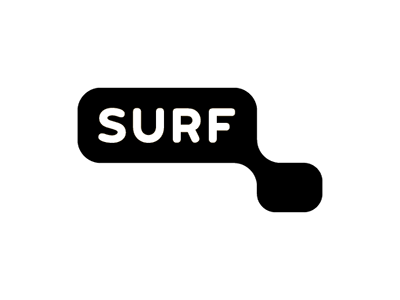The ‘Holy Grail’ of medical diagnostics is an imaging technique that allows screening, diagnosis and monitoring of the progress of disease without damaging tissue or harming the patient. Optical Coherence Tomography (OCT) is a non-invasive, high-resolution 3D-imaging technique, providing microscopic ‘optical biopsy’ and is already being used on a regular basis in some clinical disciplines. OCT imagery can be integrated with other medical imaging technologies such as CT, ultrasound and MRI combining the benefits of each method.
The aim of a project of Academic Medical Centre Amsterdam is to develop a low-cost super-resolution OCT device based on adaptive optics and smart algorithms (i-OCT). The goal is to create a better understanding of pathological processes and to develop and improve tools for diagnostics and treatment.
1 terabyte per patient
Due to the large volumes of data associated with the high resolution of OCT, the analysis requires high-performance computing solutions. Similar to other imaging modalities OCT generates a large amount of data (around 8 GB per volume scan). Several scans (and often dozens) are required for every patient. This means that data can quickly take up hundreds of gigabytes per patient. If the resolution is increased, this could amount to more than 1 terabyte per patient. These specific data need to be processed, stored, visualised and analysed in an efficient and fast way.
This research project, therefore, aims to setup offsite storage and computing resources in a trusted environment where OCT datasets can be stored and analysed. From here the data can both be used for research applications, further accelerating collaboration and development as well as supporting the clinical decision-making process by providing fast and accurate analysis.
A crucial step for a successful application of i-OCT depends on the management of the data stream that is generated. The ability to do fast measurements and share these directly with scientists at TU Delft to test the algorithms will give an enormous impulse to the collaboration and progress of the i-OCT project.
Combined platform to tackle the problem
Dutch Research & Education network SURF and the Netherlands eScience Centre offered a combined platform to tackle this big data problem. The goal was to achieve a user-friendly virtual environment where the OCT data could be shared and analysed with customised tools.
HPC Cloud by SURF enabled Mitra Almasian, the applicant of the project, to perform calculations that made the research more efficient and opened up new opportunities. Almasian is very pleased with the developments: “The virtual machine is now easy to use and works well with the AMC Windows systems.”
SURF created a lightpath between the AMC and SURF that allows it to send data from a normal personal computer to the HPC Cloud at a rate of 1 Gbit per second.
The Netherlands eScience Center has made a significant contribution to the development of an application that makes it possible to identify tissue segmentation using OCT. Almasian: “We looked at the segmentation of the retina together, which is the light-sensitive tissue that lines the back of the eye. The eScience Center already had existing algorithms from a group working on this subject. These algorithms could be fully adapted to our data.”


